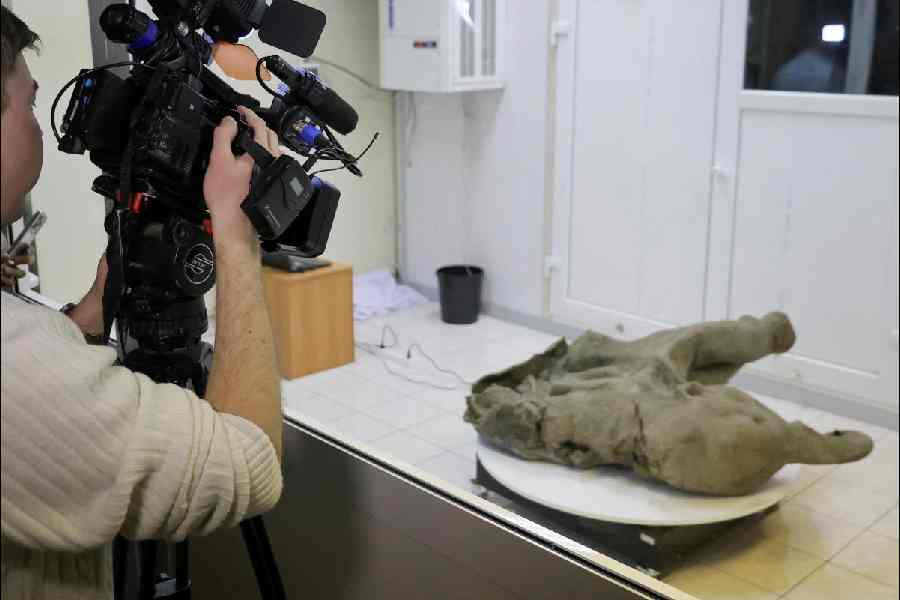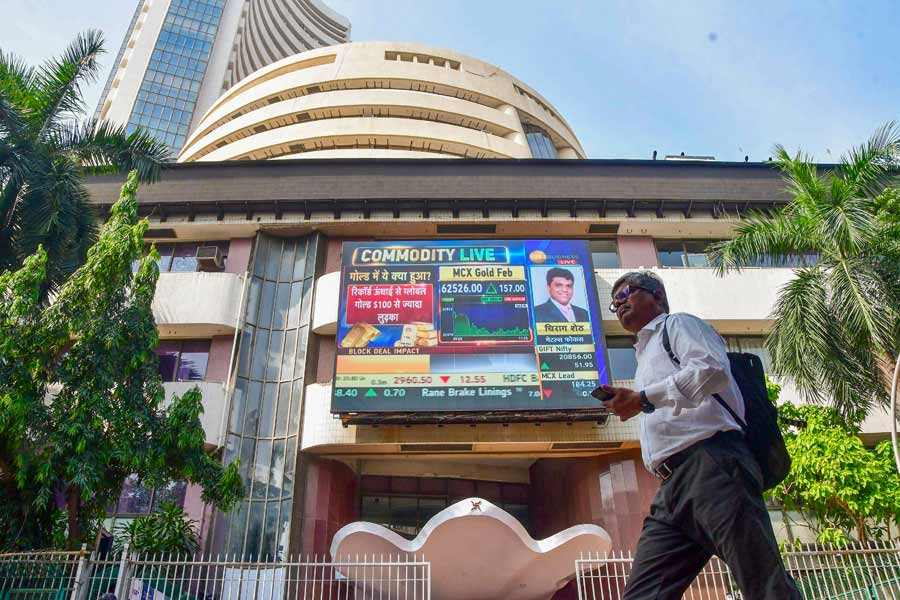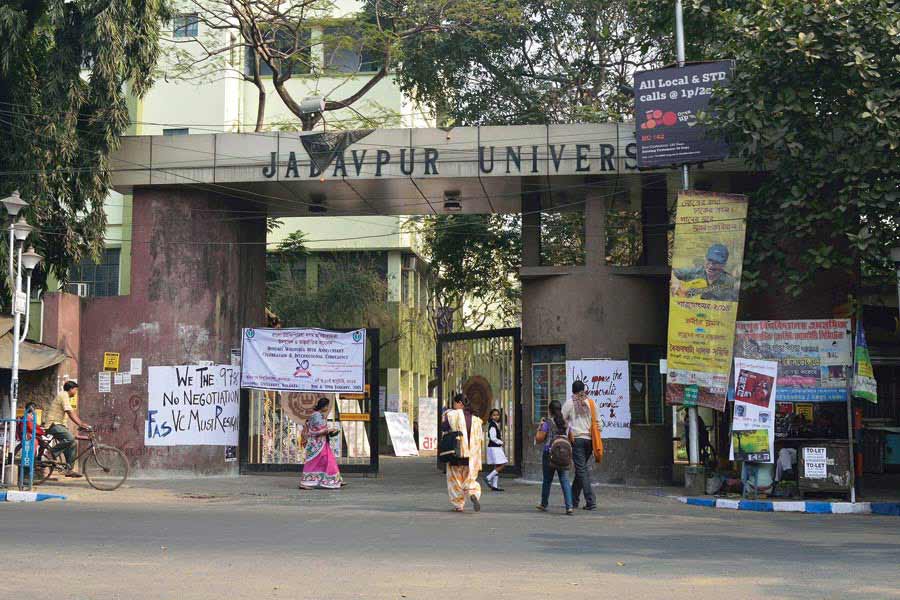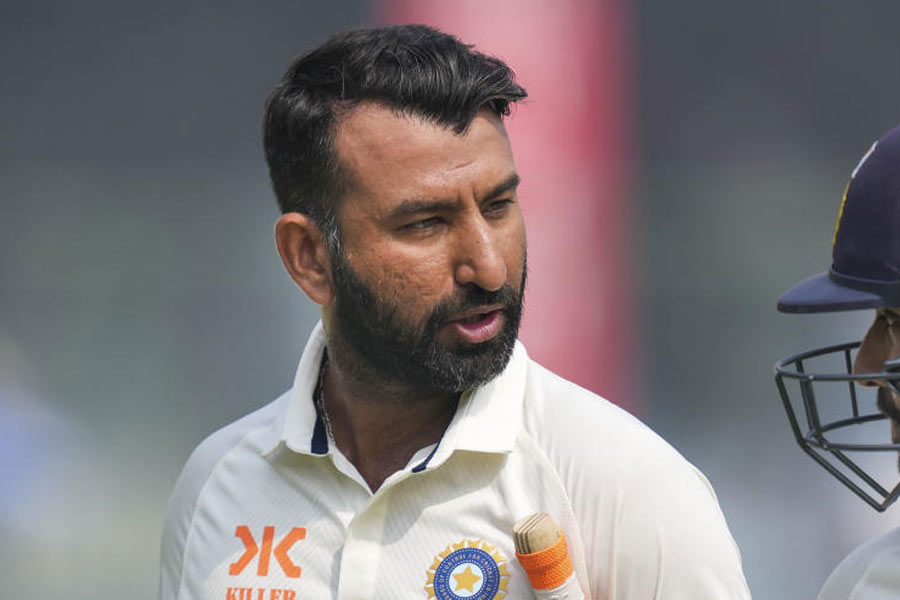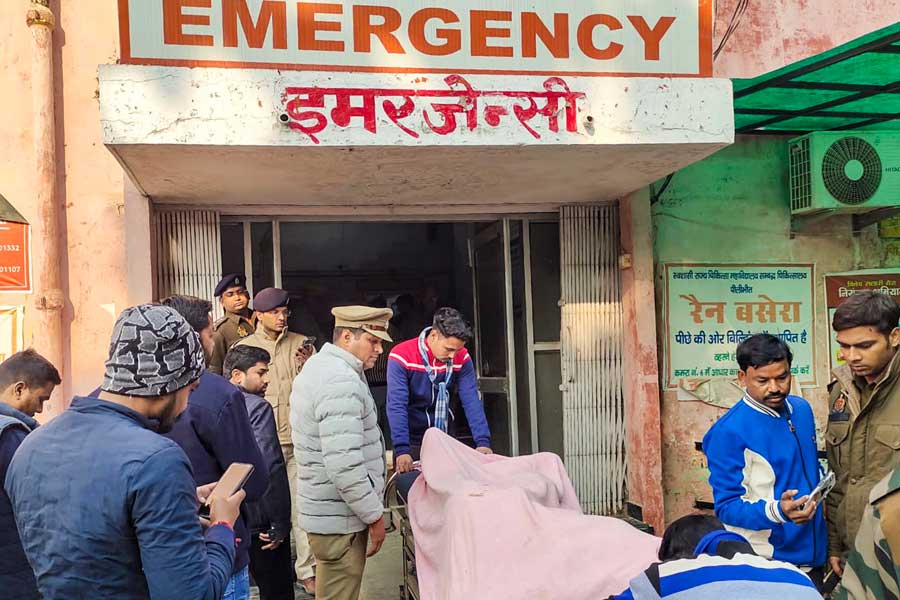Concerns with low budget outlays for the education sector have been resonant for quite some time, even though an increase of 10 per cent was provided for in the last budget.
Ambrish Rai, national convener for the Right to Education (RTE) Forum, called the existing budget for schools “too low” because of which, lakhs of teacher posts remain vacant across the country.
“The education budget for schools is far lower than required. Overall, it was recommended to be six per cent of the GDP in 1966 in Kothari commission. Currently it is 3.4 per cent of the GDP. This is very low. School education is heavily underfunded. 9 lakh teacher posts are vacant in elementary scools, and 1.1 lakh in secondary schools. If adequate number of teachers isn’t recruited, quality education can never be provided,” he told The Telegraph Online.
“Due to this low budgeting, the RTE compliance after 10 years of enactment of the Act is only 12.7 per cent across nation. Out of 1.5 lakh schools only 12.7 per cent schools are RTE compliant,” Rai informed.
He also expressed concern with a provision proposed in the National Education Policy (NEP) of bringing children aged between 3 and 18 under the purview of the Act, which, he said, is only going to make matters worse considering the inadequacy of teachers and schools.
“Now they have introduced a provision to bring children between age group of 3 and 18 under the RTE, currently it is applicable for children aged 6 to 14. How can this policy get implemented without basic infrastructure? One would require way more funding then,” he said.
Economist and former chairman of the Zakir Hussain Centre for Educational Studies at JNU, Saumen Chattopadhyay expects the government to increase the education expenditure from 10 per cent of the total to 11 per cent, as proposed in the NEP.
“The NEP has talked about increasing the budget for higher education by one per cent every year for the next 10 years. So if your ambition is to improve higher education radically, you will have to increase the budget substantially. This is crucial for generating employment and a creating market for the private sector. This way you will allocate funds in a productive manner,” he said.
On being asked if he would advocate for the Kothari Commission recommendation of allocating 6 per cent of the GDP towards education, Chattopadhyay said that if the government provides what it has promised, it will still be effective.
“My only fear is that if you allocate most funds for Institutions of Excellence (IOE) as promised by the government under the scheme, it would mean taking away from institutions which are not in that category. This is dangerous because then you are creating division between the higher education sector. You have to provide adequate funds to the other institutes and universities, apart from IOEs.”
Talking about the government method of funding higher education institutions through the creation of the Higher Education Funding Agency (HEFA), which extends interest free loans to the institutes after raising money from the market, Chattopadhyay said, “Even though it is interest free, the money has to be paid and it can only be through self-financing means like raising tuition fees. Some of the premier institutions may afford to do that, but it may not work for the others.”





